
The Profound Symbolism of Black in Chinese and Japanese Spir...
165 views · Sep 6, 2024 horoscopochino.co
The Profound Symbolism of Black in Chinese and Japanese Spiritual Traditions Have you ever wondered why the color black, often associated with negativity in the West, holds such a profound and revered place in the spiritual traditions of China and Japan? What if I told you that this enigmatic color is not merely a symbol of mourning but a gateway to understanding the very essence of balance, mystery, and hidden strength? In the spiritual tapestry of East Asia, black is far from being just a color; it is a reflection of the universe’s most profound truths. In both Chinese and Japanese cultures, black embodies a duality that is essential to life itself. Unlike in Western societies, where black might be viewed solely as a color of mourning or evil, in China and Japan, it represents a powerful force of protection and authority. In China, black is intrinsically linked to the Taoist concept of Yin, the dark, receptive, and feminine principle that balances the bright, active Yang. This duality is central to Chinese cosmology, where balance between opposites is necessary for harmony. Black, in this context, is not a symbol of death or despair but one of quiet strength, introspection, and resilience. It is the color of the mysterious North, associated with the Water element, which signifies wisdom, stability, and the deep, unseen currents that shape our reality. Similarly, in Japan, black is revered for its association with mystery and elegance. Historically, it has been the color of the samurai’s armor, symbolizing their readiness to confront death with honor and dignity. In Japanese Zen Buddhism, black represents the void from which all creation emerges. It is a color of humility, reflecting the Zen principle that true wisdom lies in emptiness, in the quietude that allows the mind to transcend the distractions of the material world. However, the spiritual significance of black goes beyond mere symbolism. It is woven into the fabric of everyday life. In traditional Chinese medicine, for example, black foods, like black sesame and black beans, are consumed for their believed ability to nourish the kidneys, the source of vital energy (Qi). In Japan, black ink, used in the art of calligraphy, is more than a tool for writing; it is a medium through which spiritual energy is channeled, each stroke a manifestation of the artist’s inner state. As we delve deeper into the spiritual meanings of black in these ancient cultures, we are reminded of the importance of balance and the power that lies within the unseen. Black teaches us to embrace the unknown, to find strength in stillness, and to recognize that in darkness, there is potential for profound growth and transformation. How has the symbolism of black influenced your own spiritual journey? Share your thoughts and experiences in the comments below. #EasternSpirituality #ColorSymbolism #ZenWisdom

What is eschatology: Unveiling the Mysteries of the End Time...
956 views · Sep 6, 2024 horoscopochino.co
What is eschatology?Unveiling the Mysteries of the End Times in Spiritual Traditions Imagine a world on the brink of transformation, where the ordinary fades and the extraordinary emerges. What if the world as we know it is merely a prelude to a profound spiritual awakening? Eschatology, the study of last things, dares to venture into these uncharted territories, exploring the ultimate destiny of humanity and the universe. But are we truly prepared to confront the mysteries that lie ahead? Eschatology is more than just a theological concept; it is a spiritual compass guiding humanity towards its final destination. Rooted in ancient traditions, it has intrigued mystics, philosophers, and seekers for centuries. From the prophetic visions of the Book of Revelation in Christianity to the cyclical notions of time in Hinduism and Buddhism, eschatology transcends religious boundaries, offering a universal exploration of the end times. At its core, eschatology seeks to answer some of the most profound questions: What happens after death? Is there a final judgment? Will the universe reach an ultimate conclusion, or is it bound to an eternal cycle of creation and destruction? These inquiries are not merely academic; they touch the very essence of our existence, challenging us to consider the deeper meanings of life and the afterlife. For Christians, eschatology is often associated with the Second Coming of Christ, the resurrection of the dead, and the final judgment. The Book of Revelation paints a vivid picture of these events, filled with symbolic imagery and apocalyptic visions. However, eschatology is not confined to Christianity. In Islam, the Day of Judgment (Yawm al-Qiyāmah) holds a central place, with believers anticipating a time when all souls will be judged by Allah. In Eastern traditions, such as Hinduism and Buddhism, eschatology takes on a different form. The concept of samsara, the cycle of birth, death, and rebirth, emphasizes the transient nature of existence. Here, the end is not a finality but a transition, leading to liberation (moksha) or enlightenment (nirvana). This cyclical perspective offers a unique lens through which to view the end times, one that contrasts sharply with the linear narratives of Abrahamic religions. In our modern world, eschatological themes have permeated popular culture, from dystopian novels to blockbuster films. These portrayals often reflect our collective anxieties and hopes, reminding us that the end times, whether literal or metaphorical, are a topic of enduring fascination. As we navigate our spiritual journeys, eschatology invites us to reflect on our own beliefs about the future. Are we prepared for what lies beyond this life? How do our spiritual traditions inform our understanding of the end times? The answers to these questions may not only shape our destiny but also deepen our connection to the divine. #EndTimesRevealed #SpiritualDestiny #EschatologyExplained

Cambodian new year traditions: Ringing in the Rebirth
784 views · Jul 8, 2024 horoscopochino.co
Cambodian new year traditions: Ringing in the Rebirth Cambodia's New Year, also known as Choul Chnam Thmey, isn't just a calendar switch – it's a vibrant explosion of culture, family, and tradition. Celebrated over three days in April, it's a time to wash away the old, make merit, and welcome new beginnings with open arms. So, put on your dancing shoes, grab a banana leaf bowl, and let's dive into the heart of this remarkable celebration! The Cleansing Flame: Before the festivities begin, Cambodians engage in a ritual called "Phchum Ben," meaning "ancestral merit-making." For fifteen days, families visit pagodas to make offerings and pray for the souls of their ancestors. It's a time for reflection, remembrance, and releasing bad karma, paving the way for a fresh start. Welcome, Water Festival!: As the first day of Choul Chnam Thmey dawns, the streets come alive with the joyous chaos of the Water Festival. Young and old alike take to the streets, armed with water guns, buckets, and anything that can hold water. Laughter fills the air as playful battles erupt, washing away negativity and welcoming the new year with a cleansing deluge. Sand Pagodas and Merit Making: On the second day, the focus shifts inwards. Families visit pagodas to offer food and prayers to monks, earning merit for the coming year. Elaborate sand pagodas, painstakingly sculpted by communities, become temporary temples, adorned with colorful flags and intricate designs. These symbols of impermanence remind us of the fleeting nature of life and the importance of letting go. A Feast for the Senses: No Cambodian celebration is complete without a feast! Traditional Khmer dishes like Nom Banh Chok (steamed rice noodles with green curry), Amok Trey (fish curry stewed in banana leaves), and Samlor Korko (spicy soup with green papaya) grace the tables. Families gather, sharing stories, laughter, and blessings as the aroma of spices fills the air. Dancing 'til Dawn: As the sun dips below the horizon, the rhythm takes over. The sound of traditional Khmer music – the haunting melody of the Roneat (xylophone) and the hypnotic beat of the Chhing (cymbals) – fills the streets. Young and old join hands in the Rom Vong, a graceful circular dance symbolizing unity and community. Laughter and cheers rise as the night unfolds, a testament to the joy and resilience of the Cambodian spirit. New Year's Day and Beyond: The final day of Choul Chnam Thmey is reserved for family visits and quiet reflection. It's a time to offer blessings to elders, seek forgiveness, and solidify family bonds. As the festivities wind down, a sense of renewal and hope hangs in the air. Cambodian New Year is more than just a holiday – it's a cultural tapestry woven with ancient traditions, vibrant colors, and the unwavering spirit of a people. It's a reminder that even in the darkest times, there's always room for joy, forgiveness, and a fresh start. So, the next time April rolls around, consider immersing yourself in the magic of Choul Chnam Thmey. You might just find yourself dancing in the streets, washed clean by the water, and ready to embrace the year ahead with open arms. P.S. Want to experience Choul Chnam Thmey firsthand? Start planning your trip to Cambodia in April! Just remember to pack your dancing shoes, a water gun, and an open heart for a truly unforgettable experience. #cambodianfoods #cambodiannewyear #traditions #rebirth #2024 Join this channel to get access to perks: https://www.youtube.com/channel/UCiYWdkC423tS39wz6Aj3AVQ/join

Three Days of a Muslim Wedding: Traditions and Expectations
501 views · Jul 2, 2024 horoscopochino.co
Three Days of a Muslim Wedding: Traditions and Expectations A Muslim wedding, often referred to as a Nikah, is a deeply spiritual and joyous occasion that spans several days, each filled with rich traditions and ceremonies. Understanding what to expect during these three days can enhance your appreciation of the cultural and religious significance behind each ritual. Day One: The Mehndi Ceremony The festivities typically commence with the Mehndi ceremony, which is an intimate gathering predominantly attended by the women of both families. The bride’s hands and feet are adorned with intricate henna designs, symbolizing joy, beauty, and spiritual awakening. This ceremony is often held at the bride's home or a chosen venue and is filled with music, dancing, and singing traditional songs. Guests are expected to wear vibrant, colorful attire, reflecting the celebratory nature of the event. The atmosphere is lively, with relatives and friends engaging in playful banter and enjoying a feast of traditional delicacies. The Mehndi ceremony not only prepares the bride for her upcoming nuptials but also serves as a time for bonding between the families. Day Two: The Nikah Ceremony The second day is marked by the Nikah, the official marriage contract. This is the most solemn and significant part of the wedding, where the couple formally consents to the marriage in front of witnesses. The ceremony can take place at a mosque or a private residence and is usually conducted by an Imam or a respected elder. During the Nikah, the groom presents the bride with a Mahr, a mandatory gift that is agreed upon during the marriage negotiations. This symbolizes his commitment and responsibility towards his wife. The couple, in the presence of two male witnesses, recites their vows, and the Imam delivers a sermon emphasizing the importance of marriage and the responsibilities it entails. The bride traditionally wears a modest yet elegant dress, often in shades of red or gold, while the groom dons traditional attire such as a sherwani or a suit. The ceremony concludes with a prayer for the couple's prosperity and happiness. Guests congratulate the newlyweds and partake in a grand feast, which includes a variety of traditional dishes. Day Three: The Walima Reception The Walima, or wedding banquet, is held on the third day and signifies the public declaration of the marriage. It is hosted by the groom's family and is a more elaborate event attended by a larger number of guests, including extended family, friends, and community members. This reception is marked by opulent decor, sumptuous food, and elaborate attire. The bride and groom, dressed in their finest, make a grand entrance to the cheers of their guests. The event is filled with speeches, toasts, and entertainment, creating a joyous and celebratory atmosphere. The Walima is an opportunity for the couple to receive blessings and well-wishes from their loved ones. It also serves to solidify the bond between the two families and their respective communities. Guests are treated to a lavish meal, featuring a variety of regional and traditional dishes, signifying abundance and gratitude. Understanding these three key days of a Muslim wedding allows for a deeper appreciation of the cultural and spiritual layers that define this significant life event. Each ceremony not only reflects the beauty of Islamic traditions but also the importance of family, community, and commitment. To gain more insights into the rich tapestry of Muslim weddings and other cultural celebrations, we invite you to watch more videos in the associated playlist or the recommended video in the description of the video you just watched. Also watch; Understanding the Timing and Conditions for Marriage in Islam https://youtu.be/7oFBZjQ7UJ8

Rêver de uriner: Signification et interprétation en Islam...
64K views · Jun 25, 2024 horoscopochino.co
Rêver de uriner : Signification et interprétation en Islam selon les traditions spirituelles Rêver de uriner est un rêve assez courant et peut revêtir différentes significations selon le contexte et les détails spécifiques du rêve. En Islam, comme dans d'autres traditions spirituelles, les rêves sont souvent considérés comme des messages symboliques ayant des significations profondes. L’interprétation de tels rêves peut aider à comprendre des aspects cachés de notre vie et de notre psyché. Dans la tradition islamique, les rêves de miction peuvent être interprétés de plusieurs manières. L'une des interprétations les plus courantes est liée à la notion de purification. Uriner dans un rêve peut symboliser le besoin de se débarrasser des impuretés, qu'elles soient physiques, émotionnelles ou spirituelles. Cela peut indiquer que le rêveur est en train de traverser une période de nettoyage intérieur, cherchant à se libérer de sentiments négatifs, de culpabilités ou de péchés passés. Un autre aspect important à considérer est l'état émotionnel du rêveur pendant le rêve. Si uriner dans le rêve procure un sentiment de soulagement, cela peut signifier que le rêveur est en train de résoudre des conflits internes ou des tensions accumulées. Cela peut être interprété comme un signe de libération et de guérison, indiquant que le rêveur est sur le point de trouver une solution à un problème persistant. Cependant, si uriner dans le rêve est associé à des sentiments de honte ou d'embarras, cela peut refléter des soucis concernant la perte de contrôle ou des peurs liées à l'exposition de vulnérabilités. Dans ce cas, le rêve peut servir de signal pour que le rêveur examine les aspects de sa vie où il se sent impuissant ou jugé, et cherche des moyens de renforcer sa confiance en soi et son autonomie. Il est également pertinent de prendre en compte le lieu où se déroule la miction dans le rêve. Uriner dans un endroit inapproprié ou public peut suggérer des préoccupations concernant le respect des normes sociales ou la crainte de ne pas être à la hauteur des attentes. Cela peut aussi signaler un besoin de se rebeller contre des restrictions perçues ou des règles imposées. Dans certaines interprétations islamiques, rêver de miction peut aussi être lié à des préoccupations matérielles ou financières. Par exemple, uriner dans un rêve peut symboliser une dépense excessive ou une perte de ressources. Le rêveur pourrait être conseillé de gérer ses finances avec plus de prudence et de réfléchir aux implications de ses décisions économiques. Il est important de noter que l'interprétation des rêves en Islam, comme dans toute autre tradition, est souvent subjective et peut varier en fonction des individus et de leur contexte personnel. Il est donc recommandé de prendre en compte l'ensemble des éléments du rêve ainsi que les circonstances de la vie éveillée du rêveur pour parvenir à une interprétation plus complète et nuancée. En conclusion, rêver de uriner en Islam peut avoir des significations variées allant de la purification et la libération à des préoccupations sociales et financières. Comprendre ces rêves peut offrir des insights précieux sur les défis et les opportunités présents dans la vie du rêveur. Ver mas: Rêver de Sang signification interprétation en islam https://youtu.be/X2HibWs2Ors #Rêver #uriner

Planning a Muslim Wedding: Key Considerations and Traditions
5K views · Jun 16, 2024 horoscopochino.co
Planning a Muslim Wedding: Key Considerations and Traditions Muslim weddings, rich in tradition and cultural significance, are deeply rooted in Islamic teachings and practices. Planning such a wedding requires an understanding of these customs and a respectful approach to ensure that the ceremony honors the faith and values of the couple and their families. This guide provides a comprehensive overview of the essential elements involved in planning a Muslim wedding. One of the primary considerations in planning a Muslim wedding is the Nikah ceremony. The Nikah is the Islamic marriage contract, and it is both a religious and legal commitment. This contract is often signed in the presence of an Imam, family members, and close friends. The groom presents a dowry, known as Mahr, to the bride as part of this agreement. The Mahr can be monetary or in the form of gifts and is considered a symbol of respect and responsibility. Preparation for the Nikah involves several steps. First, the couple and their families must select an appropriate date and venue. Traditionally, the Nikah can take place in a mosque, but it is also common to hold the ceremony at the bride's home or a chosen event location. It is essential to consult with an Imam or religious scholar to ensure the chosen date is auspicious and adheres to Islamic principles. The ceremony itself is relatively simple but profoundly significant. It typically includes recitations from the Quran, the exchange of vows in the presence of witnesses, and the formal signing of the marriage contract. The Imam or a knowledgeable family member often delivers a sermon, known as Khutbah, which emphasizes the importance of marriage in Islam and the responsibilities of the husband and wife. Another key aspect of a Muslim wedding is the Walima, a reception hosted by the groom's family. The Walima is a celebratory feast that marks the consummation of the marriage. It serves as an opportunity for the couple to receive blessings from family and friends. Planning the Walima involves selecting a venue, arranging for catering, and organizing entertainment that aligns with Islamic values, such as traditional music and dance. In addition to the main ceremonies, several pre-wedding customs are observed in Muslim weddings. The Henna night, or Mehndi, is a popular tradition where the bride, her female relatives, and friends gather for an evening of henna application. The intricate designs are not only decorative but also carry cultural and religious significance. The Mehndi night is often accompanied by music, dance, and traditional attire, creating a festive atmosphere. Another pre-wedding event is the Mangni, or engagement ceremony, where the couple exchanges rings and families offer their blessings. This event, though less formal than the Nikah, is an essential part of the wedding celebrations and helps solidify the bond between the two families. When planning a Muslim wedding, it is also important to consider the attire. The bride typically wears a modest yet elaborate outfit, often a traditional dress like a lehenga or a sari, complemented by intricate jewelry and a headscarf. The groom usually dons a sherwani or a suit that reflects his cultural heritage. It is crucial that both outfits adhere to the principles of modesty prescribed by Islamic teachings. Photography and videography are integral parts of modern weddings, including Muslim ones. Hiring professionals who understand the cultural nuances and religious sensitivities can help capture the essence of the ceremonies while respecting the sanctity of the events. Food is another significant element in Muslim weddings. The menu usually features a variety of traditional dishes, with an emphasis on halal cuisine. Catering arrangements should consider dietary restrictions and preferences of the guests, ensuring that all food served complies with Islamic dietary laws. Lastly, invitations and guest lists should be managed with care. Invitations are often beautifully designed to reflect the cultural and religious significance of the occasion. The guest list typically includes close family, friends, and community members, and it is important to extend invitations well in advance to allow guests ample time to prepare. In conclusion, planning a Muslim wedding involves a deep understanding of Islamic traditions and cultural practices. By honoring these customs and paying attention to the details, couples can create a meaningful and memorable celebration that reflects their faith and values. Watch more videos like this in the associated playlist or the recommended video in the description of the video you just watched. Also watch: Interpreting the Dream of Having a Baby Girl in Islam https://youtu.be/2uB8EX4lutM

Embracing New Year Traditions: The Elegance of White Underwe...
412 views · May 27, 2024 horoscopochino.co
Embracing New Year Traditions: The Elegance of White Underwear Celebrating the New Year often involves unique traditions that vary by culture, each adding a distinct flavor to the festivities. Among these, the tradition of wearing white underwear as the clock strikes midnight is one embraced in several countries, particularly in Latin America, symbolizing desires for peace, purity, and renewal in the coming year. This tradition offers not only a meaningful gesture of hope and fresh beginnings but also a perfect opportunity to discuss fashion and style nuances that accompany this custom. White, often associated with purity and simplicity, holds a special place in the world of fashion. It transcends mere color choice, reflecting a deeper symbolic meaning, especially when chosen for an occasion as momentous as the ushering in of a new year. In terms of fabric, the selection ranges from the luxurious silk and satin to the more practical cotton and modal, each offering different comforts and aesthetic appeals. Silk underwear, with its smooth texture and natural sheen, elevates the wearer's experience, making it a popular choice for those looking to indulge as they step into the new year. The style of the underwear also plays a crucial role in fashion considerations. Women might opt for lace-trimmed bikinis or elegant high-waisted briefs, while men might lean towards more streamlined and supportive briefs or boxer briefs. Each style offers a combination of comfort, support, and aesthetic appeal, crucial for feeling confident and at ease during New Year's celebrations. Additionally, white underwear can be a versatile base for any New Year's Eve outfit. For those attending a more formal event, it promises no show-through under lighter colored dresses or trousers, maintaining the sleekness of fine fabrics like linen or light wool. Conversely, for casual home gatherings, white undergarments can be a subtle nod to tradition without requiring a full festive ensemble. As we delve into this tradition, it's essential to consider the practicality of maintaining white garments. White fabric requires careful handling and maintenance to keep it looking its best. It's advisable to wash white underwear separately to avoid discoloration and to use detergents designed for whites to retain their brightness and prevent yellowing over time. Beyond practicality and tradition, the choice of white underwear on New Year's Eve is also a fashion statement. It reflects an understanding of the nuanced language of clothing where colors and fabrics speak to personal aspirations and cultural narratives. It's an intimate yet communal expression of hope for the future, shared across many cultures around the globe. For those interested in exploring more about the intersection of fashion, tradition, and festive celebrations, our channel offers a wealth of videos that delve into global fashion trends and beauty tips. Watch more in our associated playlist or check out the recommended video in the description below to enhance your understanding and appreciation of the wide world of fashion as we celebrate these cherished traditions together. Also watch: Wearing Red Underwear on New Year's Eve: A Global Fashion Tradition https://youtu.be/nGpzqsXd7ek
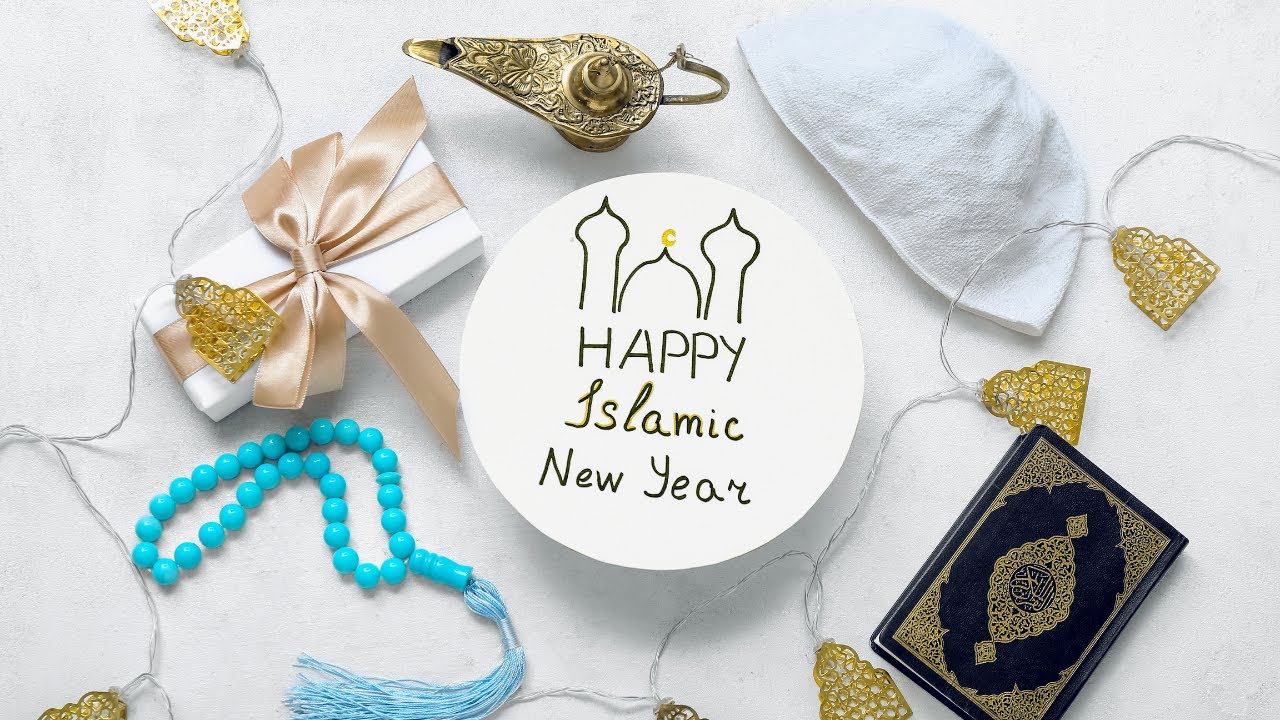
Islamic new year traditions: video blog
4K views · Jan 18, 2024 horoscopochino.co
Islamic new year traditions: video blog. This Hijri New Year, observed on the first day of Muharram, isn't just about fireworks and resolutions; it's a time for reflection, remembrance, and reaffirming faith. Join us on a journey through some of the most cherished traditions associated with this auspicious occasion.
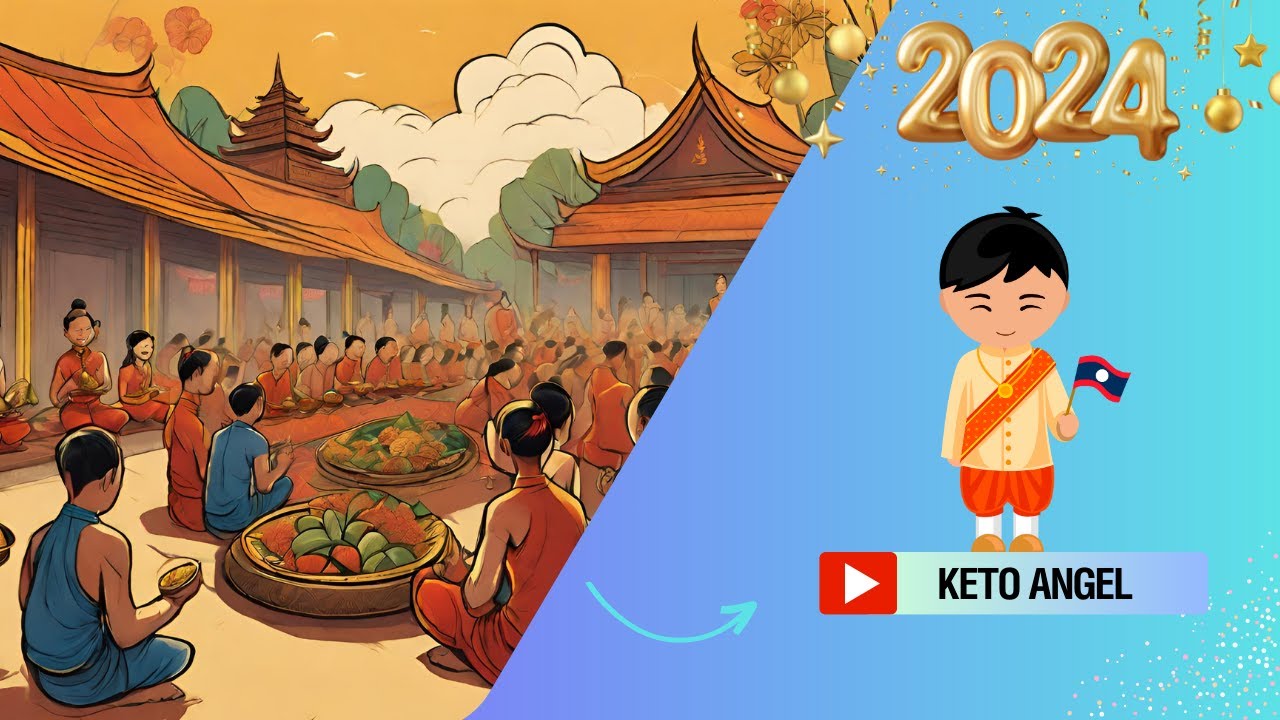
Lao New year traditions: video blog
3K views · Jan 17, 2024 horoscopochino.co
Lao New year traditions: video blog. Celebrated around mid-April, it's not just a calendar change; it's a cultural tapestry woven with ancient rituals, family reunions, and playful water fights that leave everyone soaked in smiles. Washing Away the Past: The first day, Sangkhan Luang, is a day of renewal. Homes and temples are spick-and-span, Buddha statues are bathed in fragrant water, and villages hum with preparations.

Thai new year traditions: Songkran; video blog
2K views · Jan 15, 2024 horoscopochino.co
Thai new year traditions: Songkran; video blog. Welcome to Songkran, the "Water Festival," where the streets transform into giant water fights, temples brim with merit-making, and communities bask in a vibrant cultural tapestry.
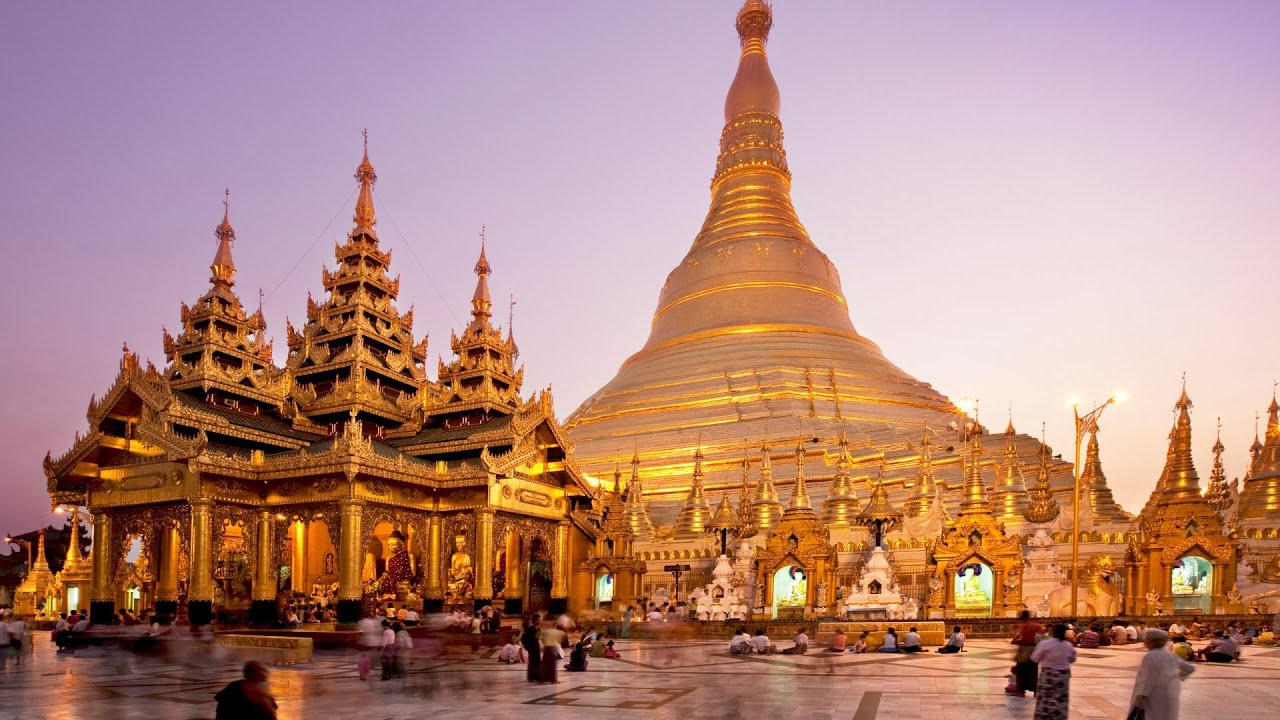
Myanmar new year traditions: video blog
657 views · Jan 14, 2024 horoscopochino.co
Myanmar new year traditions: video blog. It's a time of exuberant water fights, shimmering pagodas, and traditions that whisper stories of yore. Join me, dear reader, as we delve into the heart of Thingyan, experiencing its customs, colors, and the captivating spirit that makes it truly mesmerizing.
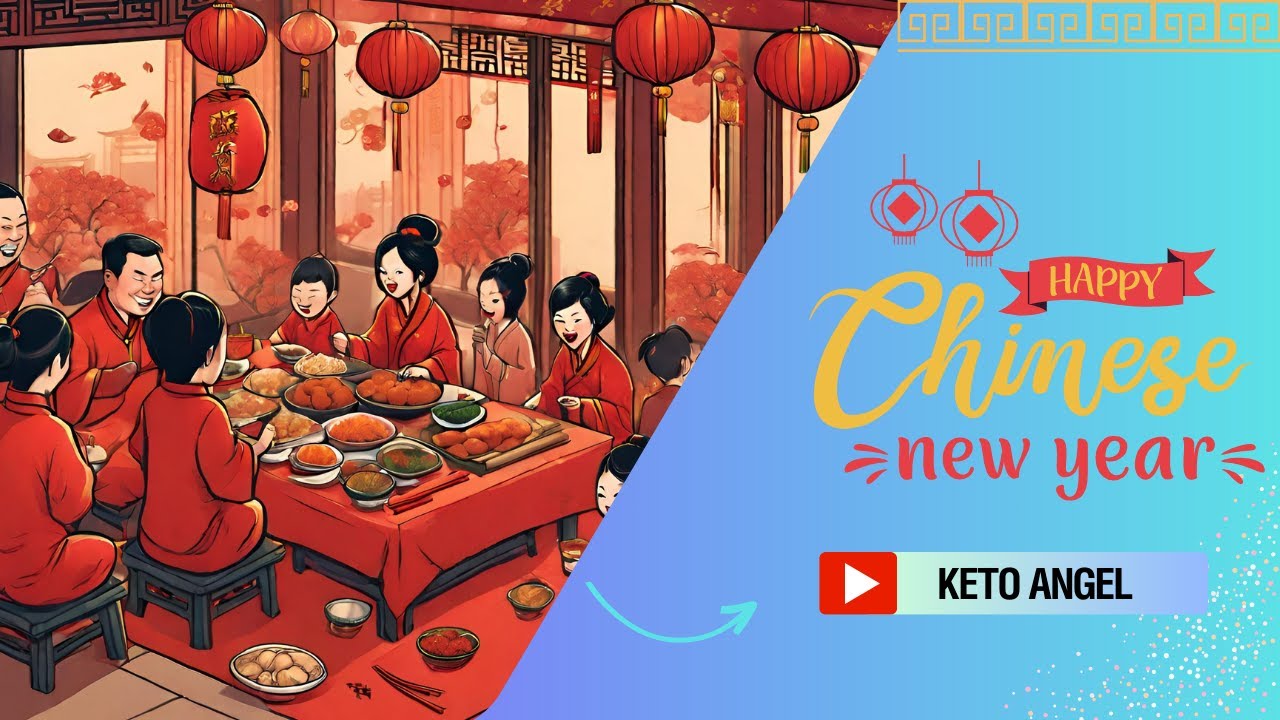
Chinese new year's eve traditions explained: video blog
5K views · Jan 14, 2024 horoscopochino.co
Chinese new year's eve traditions explained: video blog. But before the firecrackers crackle and red envelopes rain down, Chinese New Year's Eve unfolds like a meticulously crafted tapestry of traditions. Let's peek behind the curtain and explore the beauty and meaning woven into this special night. A Feast for the Senses and the Soul:
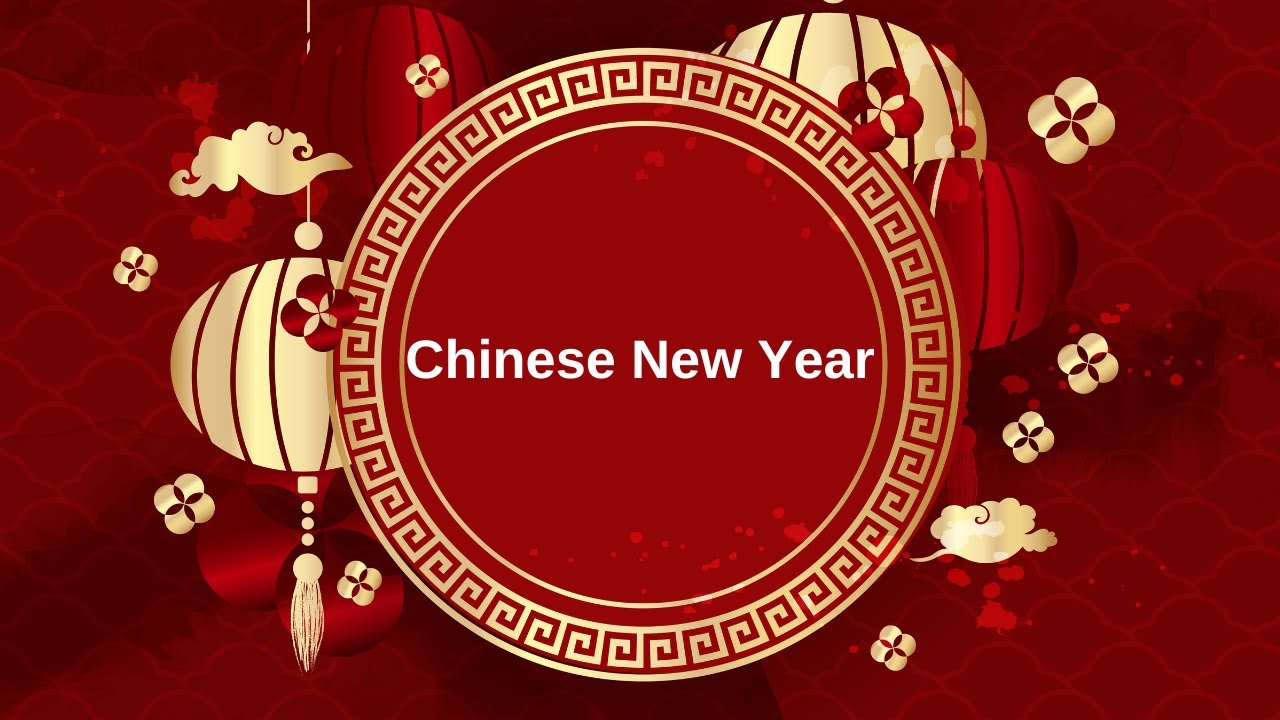
Exploring Chinese New Year Traditions: video blog
36K views · Nov 24, 2023 horoscopochino.co
Exploring Chinese New Year Traditions: video blog. Whether you're a seasoned enthusiast or a newcomer, exploring Chinese New Year traditions can be a deeply enriching experience. In this comprehensive guide, we will delve into the captivating world of Chinese New Year and why you should consider embracing its traditions.

Chinese new year traditions video blog
2K views · Jan 21, 2023 horoscopochino.co
Chinese new year traditions video blog.We made this video for the blog, to try to make things easier for our users, to encourage them to come back and share this audiovisual material about the Spring Festival, Chinese New Year and its traditions.
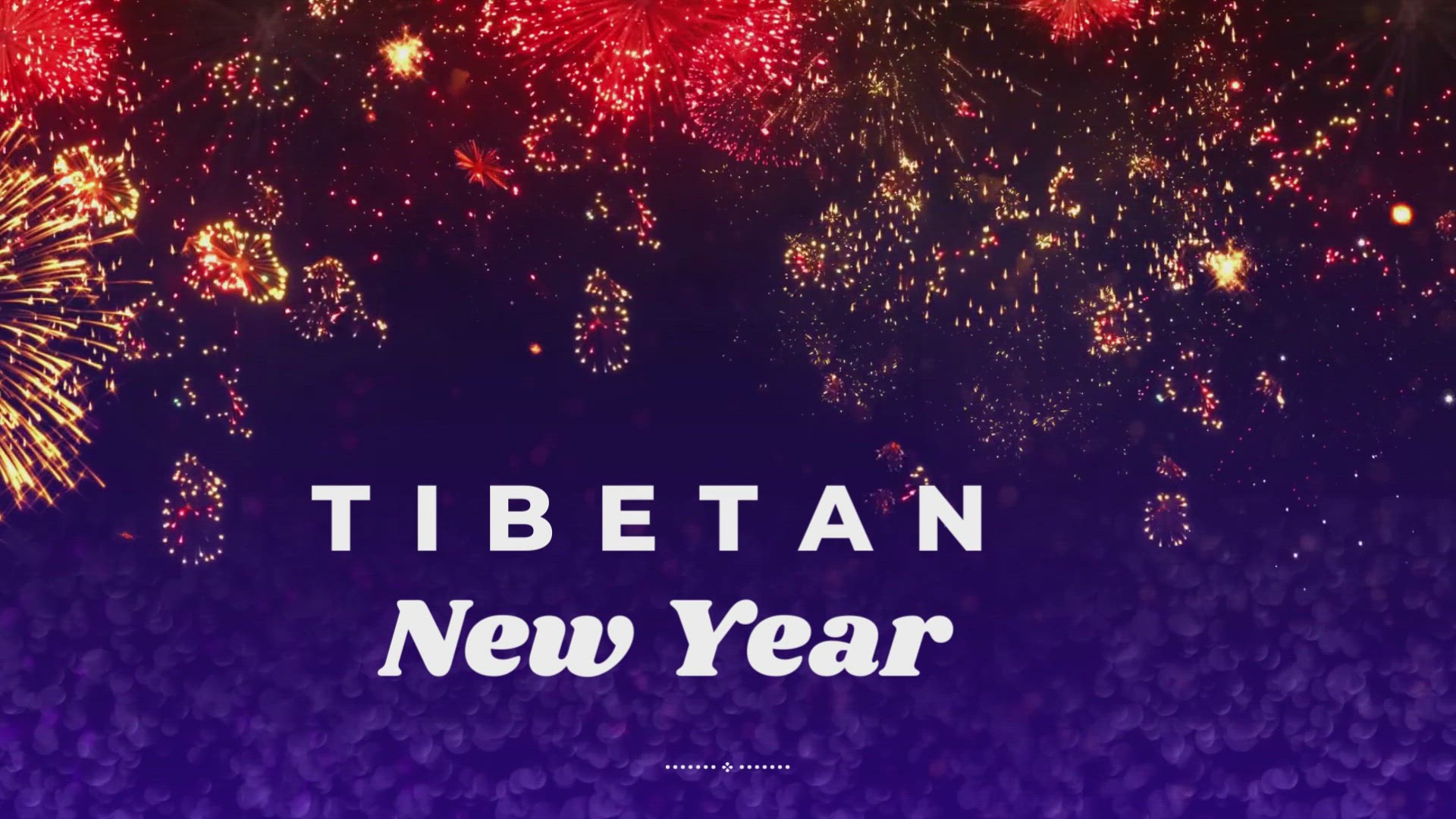
Tibetan new year traditions-Losar (Video)
375 views · Jan 16, 2023 horoscopochino.co
Tibetan new year traditions-Losar (Video). Tibetan New Year, known as "Losar," is a major holiday in Tibet and is celebrated by Tibetan people around the world. It is typically celebrated in February or March, depending on the Tibetan calendar. One of the most important traditions during Losar is the performance of religious rituals and ceremonies. These can include prayer, offerings to the gods, and the creation of mandalas (sacred diagrams). It is also common for people to visit temples and monasteries to participate in these rituals. Other traditional activities during Losar include the exchange of gifts, the preparation of special foods, and the decoration of homes and public spaces with colorful prayer flags and other decorative items. It is also common for people to wear traditional clothing and participate in cultural events, such as dance performances and games. Losar is a time for celebration and renewal, and is an opportunity for Tibetan people to come together and celebrate their culture and traditions.
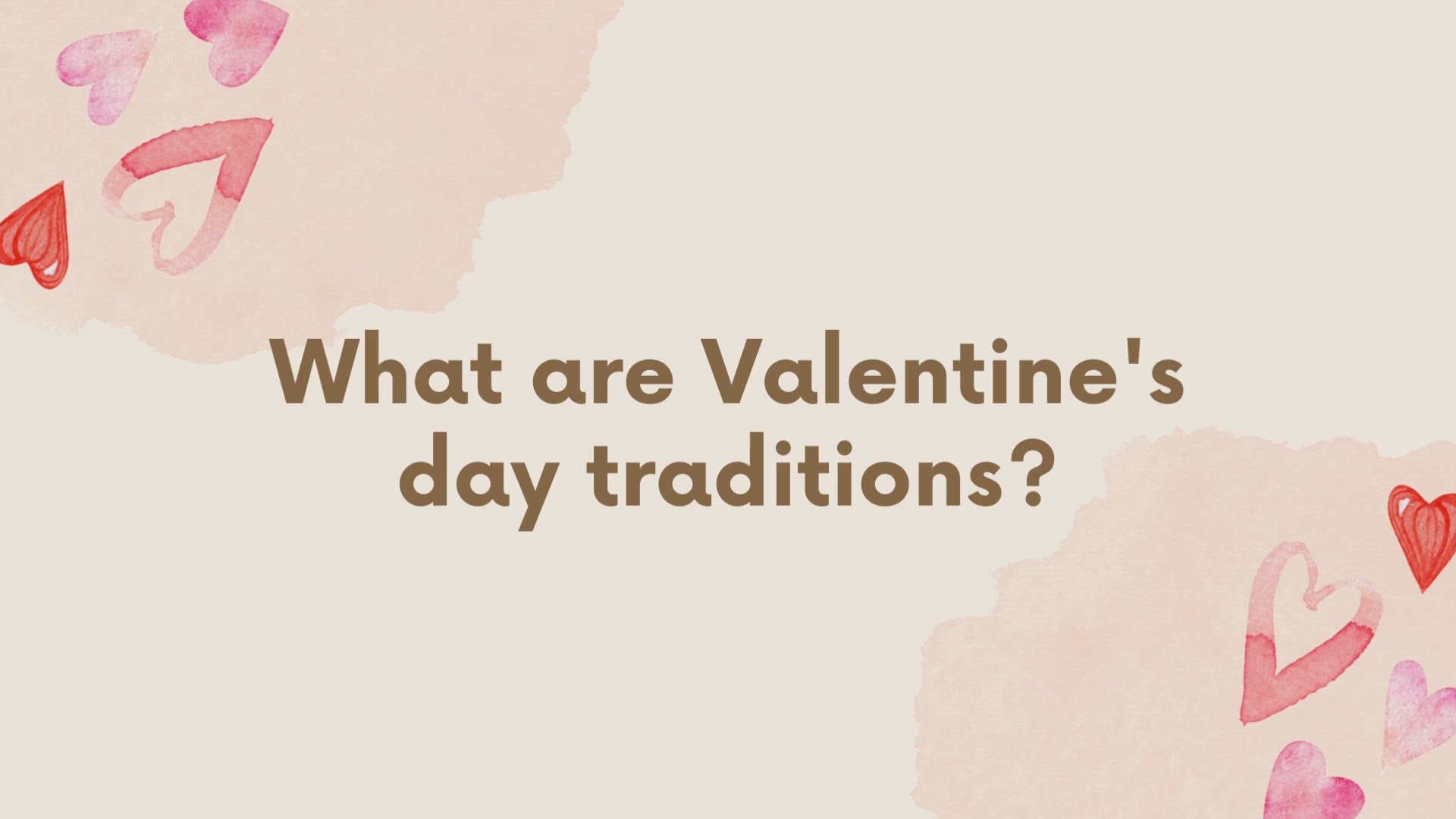
What are Valentine's day traditions
683 views · Nov 1, 2022 horoscopochino.co
What are Valentine's day traditions.There are various unlimited traditions for Valentine's day worldwide. In Argentina, people spend a week Of Sweetness, and their Valentine is not limited to a single day. The origination of the first-ever Valentine's Day card occurred in France. People decorate their houses, trees, and yards on that day and send gifts, flowers, marriage proposals, and Valentine's cards to their lovers. The best Valentine's Day happens in South Korea, where they celebrate something unique about love on the 14th of every month. June 14 is a kissing day, December 14 is a hugging day, black singles day, when they go out to eat noodles. In The Philippines, A Gala Event is celebrated on Valentine's day. In other latitudes such as Ghana, National Chocolate Day is celebrated. For its part in Bulgaria, Valentine's Day becomes Winemakers' Day… In Wales, it's the Day Of San Dwynwen. In Denmark, there is a celebrated festival as a Celebration Of Love. In Estonia, there is a festival celebrated by family members, friends, and Everyone. In Japan, people exchange unique gifts and chocolates called white day. In Slovenia, people think that birds propose to each other on that day, and plants start regenerating, so Show Your Affection for your love partner. https://horoscopochino.co/history-of-valentines-day/?lang=en